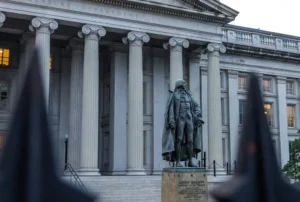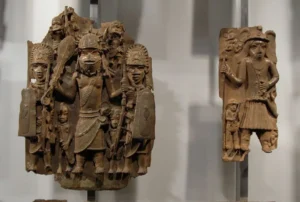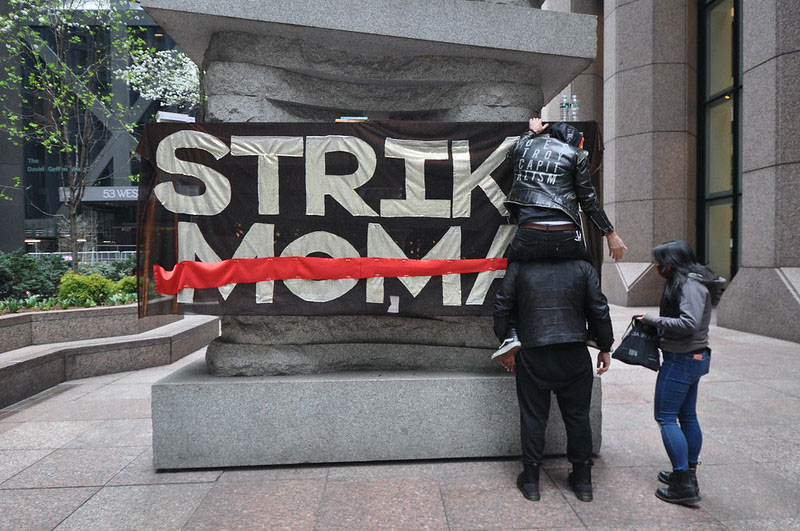| Get the newswire delivered to you – free! {source} [[form name=”ccoptin” action=”http://visitor.constantcontact.com/d.jsp” target=”_blank” method=”post”]] [[input type=”text” name=”ea” size=”20″ value=”” style=”font-family:Verdana,Geneva,Arial,Helvetica,sans-serif; font-size:10px; border:1px solid #999999;”]] [[input type=”submit” name=”go” value=”GO” class=”submit” style=”font-family:Verdana,Arial,Helvetica,sans-serif; font-size:10px;”]] [[input type=”hidden” name=”m” value=”1101451017273″]] [[input type=”hidden” name=”p” value=”oi”]] [[/form]] {/source} | Subscribe via RSS | Submit a News Item |
February 20, 2010; Detroit News | Detroit is now beginning to grapple with the challenge of shrinking the city to fit its resources and population. Physically, Detroit could hold San Francisco, Boston, and Manhattan and 2 million people in its 133 square miles. It takes only a few minutes of being in the city to see the vast tracts of vacant land and empty buildings to know that something different is needed. Detroit is not going to be reborn, particularly in the wake of the collapse of the car manufacturers, to repopulate those neighborhoods. With funding from the Living Cities foundation consortium, which includes the Detroit-area Kresge Foundation, Mayor Dave Bing has launched a data-driven downsizing initiative. The approach will target neighborhoods for land acquisition through condemnation or eminent domain, focusing on some neighborhoods and determining others as beyond saving. A land survey called Data Driven Detroit is taking stock of every home in the neighborhood to serve as a baseline for the city’s decision-making. However, that mammoth effort may be the easy part. It will be the question of picking “winning neighborhoods” for reinvestment and “losing neighborhoods” as beyond the pale that will bedevil decision makers, no matter how good the data collection. For nonprofits, the strategy also poses a challenge. Which neighborhoods the city will save and which it will largely abandon will be the basis for nonprofits to make decisions about their own programs. The divisions among nonprofits are easy to discern. The Detroit News quotes a representative of the United Community Housing Coalition noting that the city has always targeted federal dollars but expressing concern for people with the greatest need being left out of the loop. On the other side, a spokesperson for Motor City Blight Busters suggests that it’s “time to get serious” about downsizing Detroit to “remove what we can’t fix and fix what we can.” Nonprofits will not be able to stand on the sidelines about the Detroit process, not only in Southeastern Michigan, but in other cities of the country where similar downsizing pressures might be in the offing.—Rick Cohen
Sign up for our free newsletters
Subscribe to NPQ's newsletters to have our top stories delivered directly to your inbox.
By signing up, you agree to our privacy policy and terms of use, and to receive messages from NPQ and our partners.












